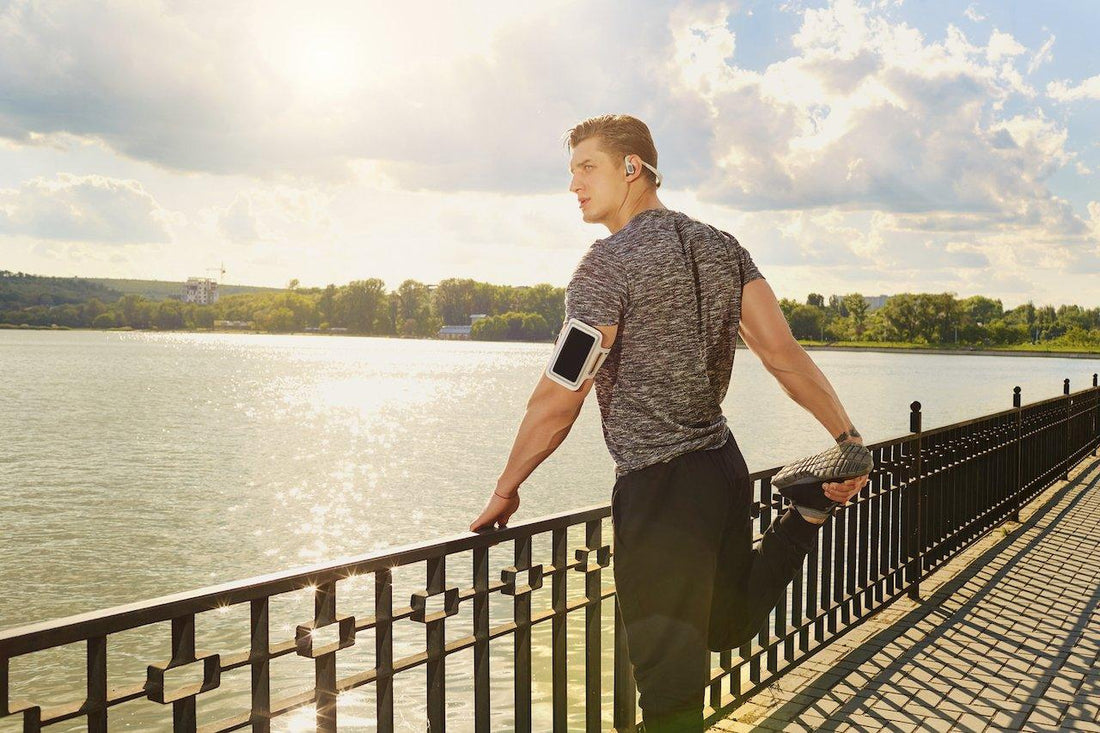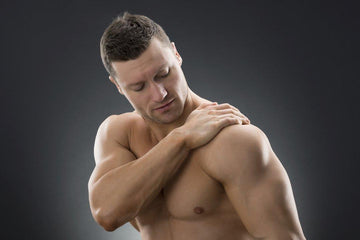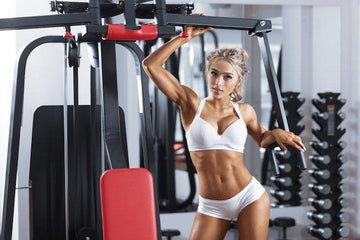

4 Stretches To Do Before Every Workout To Prevent Soreness And Injury
Table of Contents
STRETCHING, “ TO DO OR NOT TO DO ”
Writing about fitness, you learn that stretching is one of the more contentious and emotional issues among people who exercise. Those who regularly stretch assume it will prevent soreness and injury, those who do not; claim that stretching is a waste of time. An article being published in The British Journal of Sports Medicine, the review authors writes, studies show that “stretching does not produce important reductions in muscle soreness in the days following exercise. Although studies about the benefits of stretching are mixed, my thoughts are not.
Stretching is a form of physical exercise which a specific muscle or muscle group is deliberately elongated, often by abduction from the torso, in order to improve the muscle’s felt elasticity and reaffirm comfortable muscle tone. The result is a feeling of increased muscle control, flexibility and range of motion. Nemours studies show stretching can enhanced physical fitness, induce the ability to learn and perform skilled movements, increased mental and physical relaxation.
Stretching can help improve flexibility, and better flexibility may improve your performance in physical activities or decrease your risk of injuries by helping your joints move through their full range of motion. For example, if you do a lot of hill walking, your foot may not move through the full range of motion. Over time, this can increase your risk of Tendinitis or Tendinopathy ( injury tiny tears in the tendon) in your Achilles tendon. However stretching your Achilles tendon, though, may improve the range of motion in your ankle. This, in turn, can decrease the risk of Microtrauma (injuries caused by repetitive overuse.) to your tendon that can lead to overload and injury.
Exercise has many health benefits. One benefit is it increases blood flow throughout the body. Improving circulation is beneficial for overall health and helps the body’s organs such as the heart and lungs function better. Stretching also increases blood flow to the muscle. Unfortunately, even those who stretch do not always stretch properly and therefore do not receive some or all of these benefits. The most common mistakes made when stretching are: improper warm-up, inadequate rest between workouts, overstretching performing the wrong exercises.
Stretching is not warming up! It is, however, a very important part of warming up. Warming up is quite literally the process of raising your core body temperature. Warming up properly before moving into aerobic exercise allows blood flow to increase gradually and helps warm your muscles up. Warm up by doing whatever aerobic activity you have chosen slowly. Gradually increase speed and intensity. Muscles which are loose and warm respond better to exercise. A proper warm-up should raise your body temperature by one or two degrees.
The British Journal of Sports Medicine conducted that “stretching does not produce important reductions in muscle soreness in the days following exercise.” Yet there is no detailed information on the type of exercise that was performed. I strongly disagree with this study especially for the serious athletes.
How to stretch
My experience has been to always warm up first then follow up with a stretch, before training. After training there is a cool down and stretch again, however, the after stretch I find it to be more vital for recovery, hence I stride to emphasize more on the after stretch then the before. Here are some really good stretches that I like to use.
Hamstring and Lower back
Slowly bend forward from your waist with your knees slightly bent. Reach for the floor and hold. Only bend as far as you’re comfortable.
Quadriceps Stretch — Standing up, hold on to a stationary object. Bend your right knee, bringing your foot toward your buttocks. Keeping your left knee slightly bent, grasp your right ankle with the opposite hand. Slowly pull your leg up and back, bringing your foot at high as comfortable. repeat with other leg. To protect your knee… think of pulling the quads back rather than pulling the foot toward your buttocks. My method is to use a bench that is the same height as if I was grabbing my ankle; I begin to lean on it gently creating the pulling effect for the required stretch.
Chest/shoulder/bicep
Extend your arm and hold a poll or some other sturdy stationary object with one hand. Then rotate your body away while keeping your posture upright. Keep going until you feel a good stretch in the chest, shoulders, and biceps. Hold this for 30-60 seconds and then repeat with the other arm. Do this stretch at least twice for each side.
Triceps Stretch
With your left hand, dangle a shirt or towel down over your back. Reach behind your back and grasp the other end with your right hand. While grasping the towel, pull down with your right arm so that your left hand travels down your back. Repeat with the left arm.
Lat/back stretch
Grab a bar or machine handle that is about waist high and simply drop back and lower your body slowly until you feel a good stretch in the lats. Hold this for about 20 seconds, take a quick rest and then repeat again.
Calf stretch
Sit on the floor with your legs straight out in front of you.
2) Lean forward and grab the arches of your feet.
3) Pull your toes toward your body until a stretch is felt in your calf muscles.
4) Hold for 20 seconds.
Again…Never stretch a cold muscle – warm-up your entire body by performing 5 – 15 minutes of cardiovascular exercises before stretching. Do not bounce. Go into a stretch slowly and hold gently. Stretch to the point of feeling a gentle pull, but never to the point of pain, *breathing and proper form is very important,
Hold each stretch for about at least 20 seconds. If you have problems with a particular area then stretch that area twice. (hold for about 20 seconds release, then stretch again.)
Train safe
JOSEPH PALUMBO
Director of Physical Performance
IFBB Professional Bodybuilder
Certified Trainer
Advance Sports Nutrition Specialist (ASNS)
Certified Navy Seal fitness Instructor
Freelance writer
Appeared in numerous Physical Fitness and Health magazines
Freelance writer, Published Articles on Training regiments and techniques, Strength training and conditioning, General fitness, Weight loss and Nutritional needs
Joe Palumbo may be reached via e-mail at joeswat5@aol.com

















